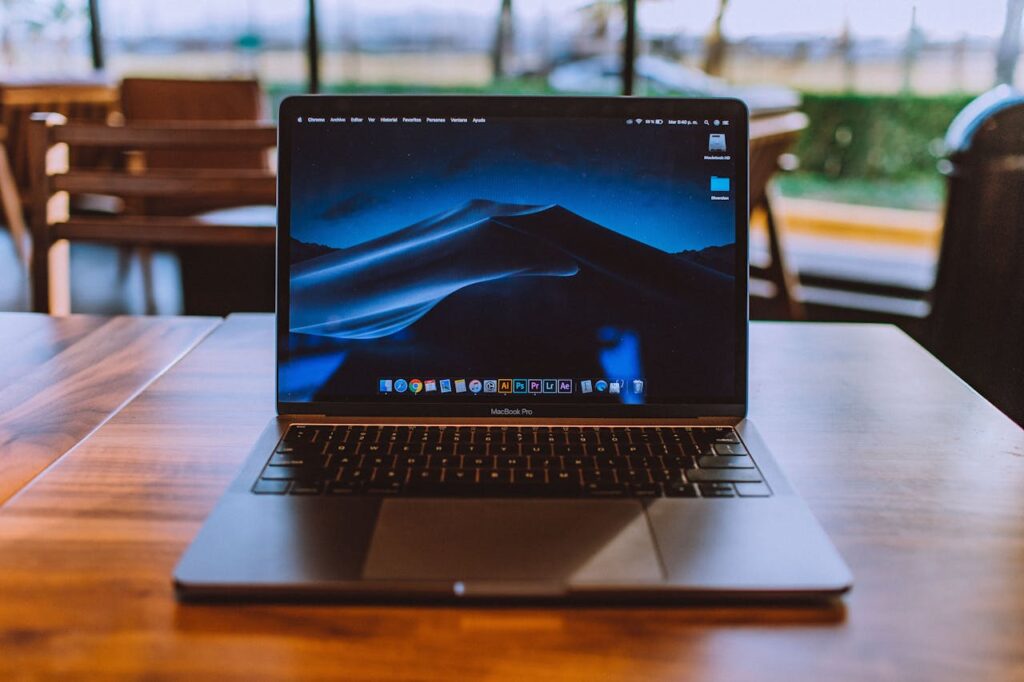Strategies for Improving the Performance of Windows for Gaming

Strategies for Improving the Performance of Windows for Gaming
Every frame per second (FPS) is more important than ever for gaming. Despite the fact that hardware plays a significant part in gaming performance, the settings and configuration of your Windows operating system may also have a significant influence. A Windows computer that has been properly optimized may make games run more smoothly, decrease stuttering, and give a more immersive experience without requiring the user to spend any more money on hardware configuration.
This tutorial will lead you through the methods that have been proved to improve the performance of Windows when it comes to gaming.
1. Activate the Windows Game Mode.
The purpose of Windows Game Mode is to emphasize gaming performance by redistributing system resources and decreasing activities in the background.
In order to make it possible:
- Use the Win key and the I key to launch the Settings menu.
- Navigate to the Gaming > Game Mode section.
- Turn it on by toggling the switch.
Because of this, your central processing unit (CPU) and graphics processing unit (GPU) will concentrate more on your game rather than on other applications running in the background.
2. Perform routine updates on the graphics drivers.
One of the most important aspects that determines how well your graphics card performs in games is the driver that it uses. Driver updates are often released by manufacturers like as NVIDIA, AMD, and Intel in order to increase frames per second (FPS), repair issues, and better compatibility with new types of games.
- If you are an NVIDIA user, you should obtain updates via GeForce Experience.
- Users of AMD should apply the AMD Radeon software.
- The Intel Driver & Support Assistant is recommended for users of Intel.
3. Reconfigure the Power Settings in Windows to Improve Performance
Windows typically operates on a balanced power plan by default in order to save energy; nevertheless, gaming frequently benefits from operating in full performance mode.
Methods:
To access the Power Options, open the Control Panel and go to the Hardware and Sound section.
In the event that it is available, choose either High performance or Ultimate performance.
Your central processing unit will not slow down as a result of this during intense games.
4. Turn off applications that run in the background You do not need more applications to operate in the background since they use up RAM, CPU, and bandwidth.
- Open Task Manager by pressing Ctrl, Shift, and Esc simultaneously.
- Navigate to the Startup tab and turn off any apps that aren’t essential.
- To terminate any processes that you do not need while gaming, use the Processes tab.
5. Adjust your graphics settings inside the game.
Decreases in one or two demanding settings may sometimes result in a significant increase in frames per second. To adjust:
- (1080p for the majority of mid-range personal computers)
- a characteristic of shadow
- The amount of anti-aliasing
a quality of texture
You need to find a way to strike a balance between the graphics and the gameplay.
6. Ensure that Windows and games are always up to date.
A common feature of Windows updates is the addition of speed enhancements and security patches. In a similar vein, game patches developed by developers may assist in improving the performance of certain systems. Keeping both up to date guarantees the highest possible level of speed and stability.
7. If it is not required, turn off the Xbox Game Bar and the background recording feature.
Although it may be helpful for certain people, the Xbox Game Bar has the potential to suck up resources.
Methods:
- To disable the Xbox Game Bar, go to the Settings menu, then choose Gaming, and finally select Xbox Game Bar.
- In the Captures menu, find the option to disable background recording if you do not use it.
8. Ensure that game storage is optimized
After being put on a Solid-State Drive (SSD), games load more quickly than when they are installed on a conventional Hard Disk Drive (HDD).
- If you can, transfer your games to a solid-state drive (SSD).
- Run the Optimize Drives utility that is integrated into Windows on a regular basis.
9. Modify the Microsoft Windows Visual Effects
Windows animations and effects may have a pleasing appearance, but they use up resources on the PC.
Methods:
- Windows’s speed and look may be adjusted with the search function.
- To get the greatest possible performance, choose Adjust, or manually disable the effects.
10. Handle the Configuration of Your Network for Online Gaming
Low latency is just as critical for online gaming as frame rate per second.
- Instead of using Wi-Fi, you should use a physical Ethernet connection.
- During gameplay, you should disable any background downloads that are coming from Steam, Epic Games, or any other platform.
- Turn off the software that optimizes Windows Update delivery.
11. Exit tabs in your browser that are resource-hungry.
When running many tabs, browsers like Chrome may use up a significant amount of random access memory (RAM). To free up memory, you should dismiss all browser tabs and other applications that aren’t essential before beginning a game.
12. To optimize performance, make use of the GPU Control Panel settings
Control panels are available from both NVIDIA and AMD, allowing users to configure their preferences for global performance.
- Adjust the power management mode on the NVIDIA Control Panel so that it is set to Prefer maximum performance.
- Utilize either Radeon Boost or Radeon Anti-Lag by activating the AMD Radeon Settings.
13. Keep an eye on your computer when you gamble.
For real-time monitoring of the use of the CPU, GPU, and RAM, utilize applications such as MSI Afterburner. In the event that you have seen spikes or bottlenecks, you will be able to immediately identify and fix the issue.
14. One should be cautious while considering overclocking.
Overclocking your CPU or GPU in a safe manner may improve performance if it is supported by your system. On the other hand, it raises the amount of heat produced and the amount of power used, so be sure you have enough cooling before you do it.
There are times when upgrading to more costly hardware is not necessary in order to optimize Windows for gaming. You will be able to experience gaming that is more fluid, quicker, and more responsive if you enable game-focused settings, reduce the number of processes running in the background, ensure that drivers are kept up to date, and fine-tune visuals. An investment of only a few hours in optimization may result in improved gaming experiences for years to come.





